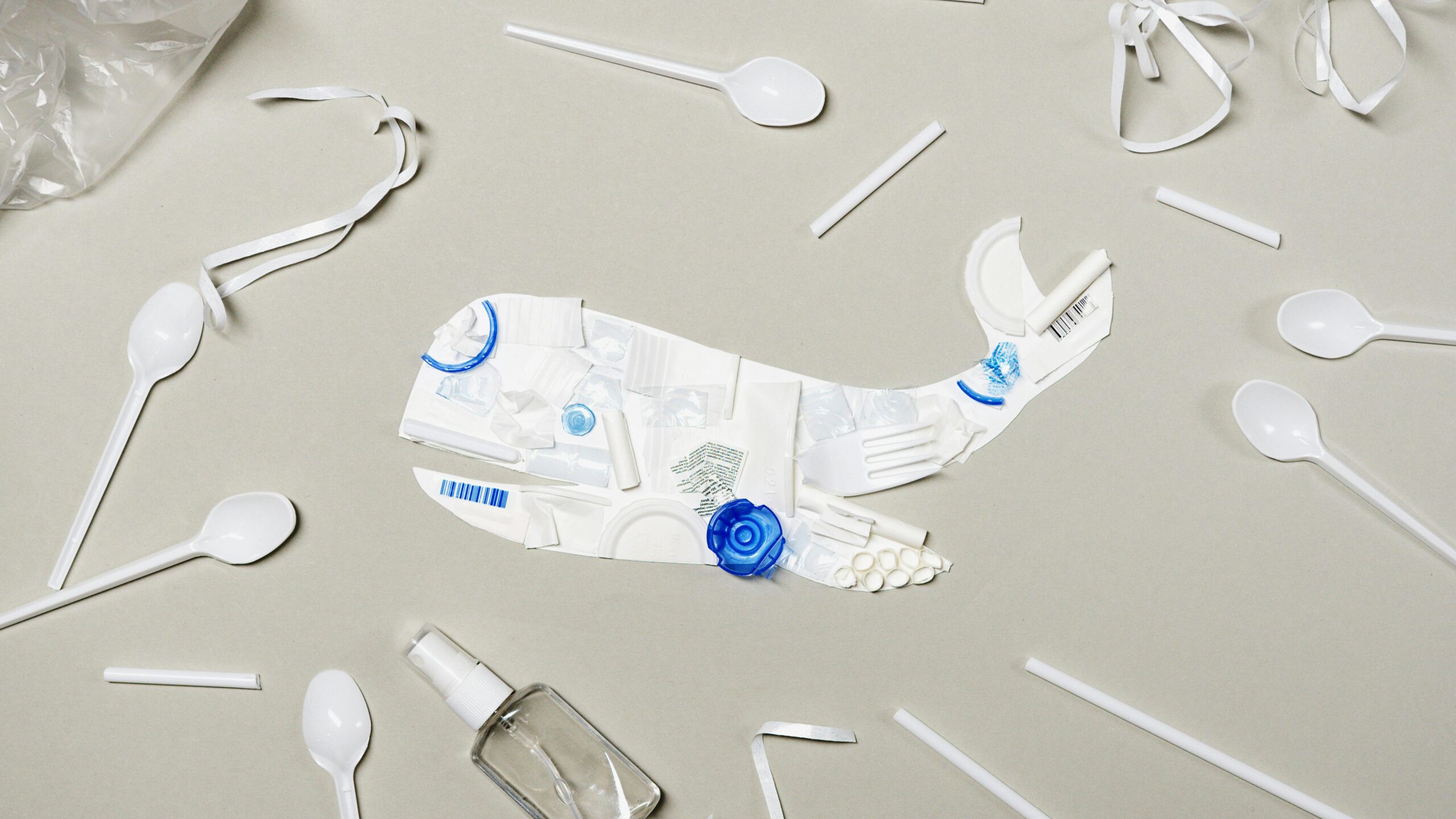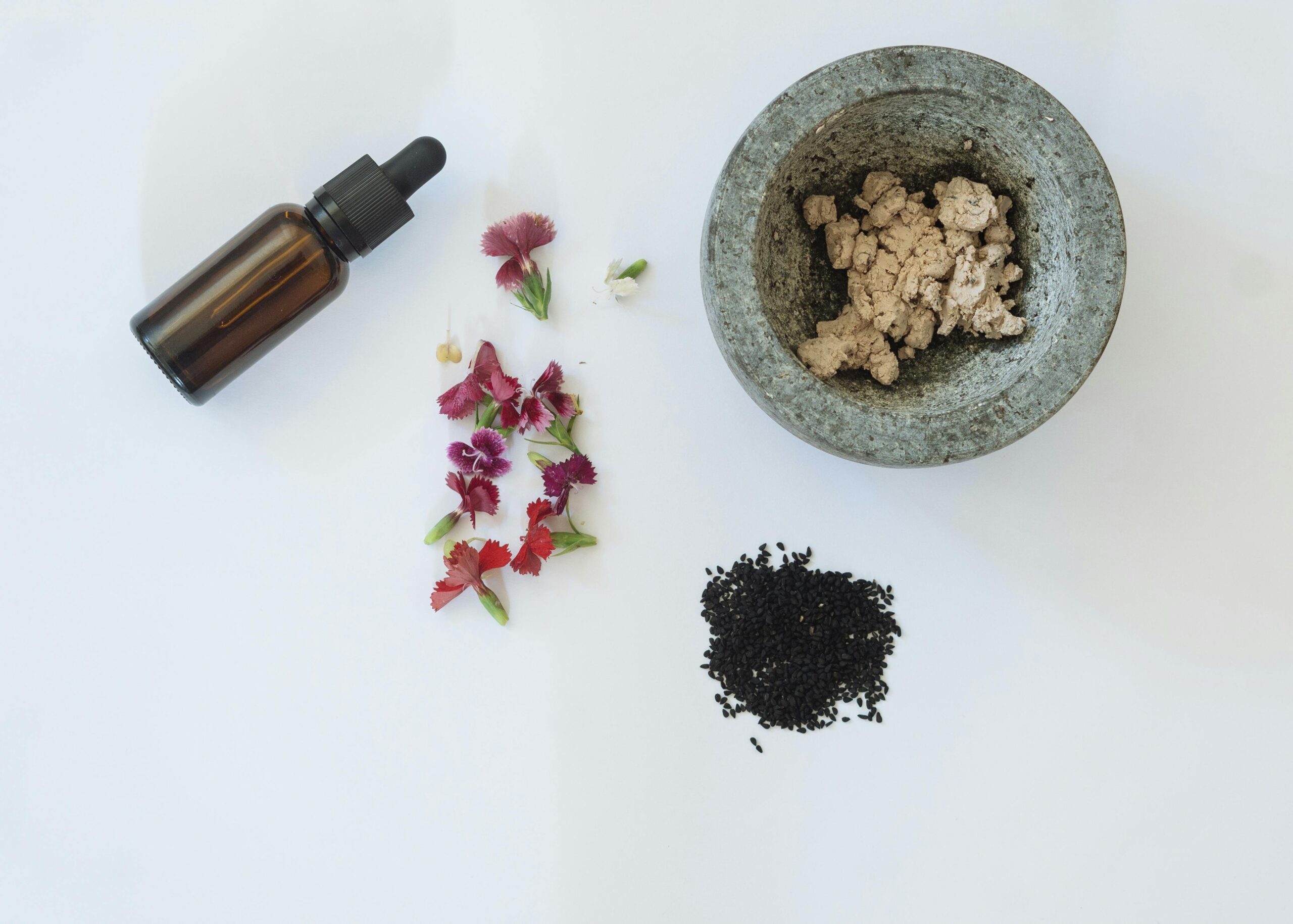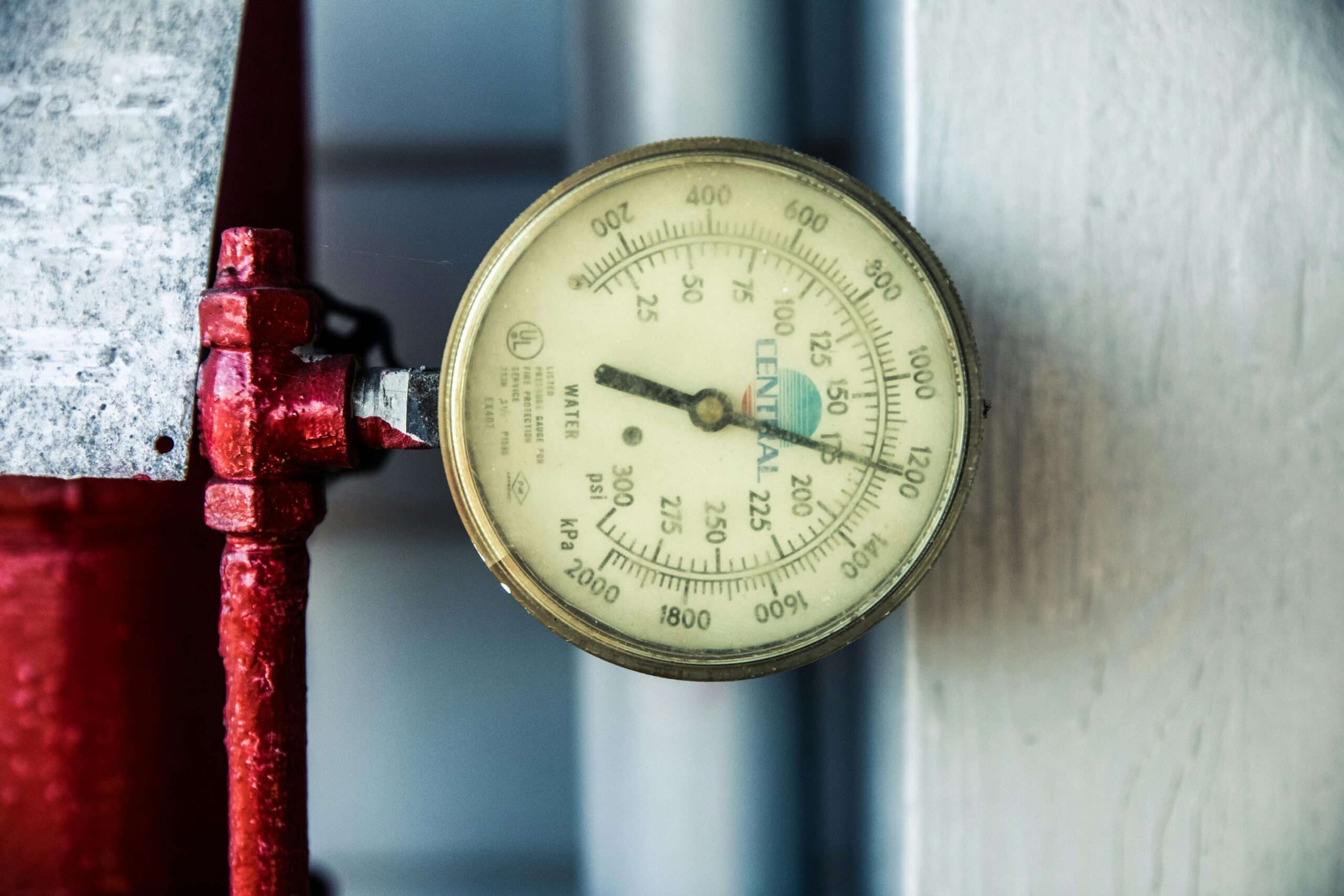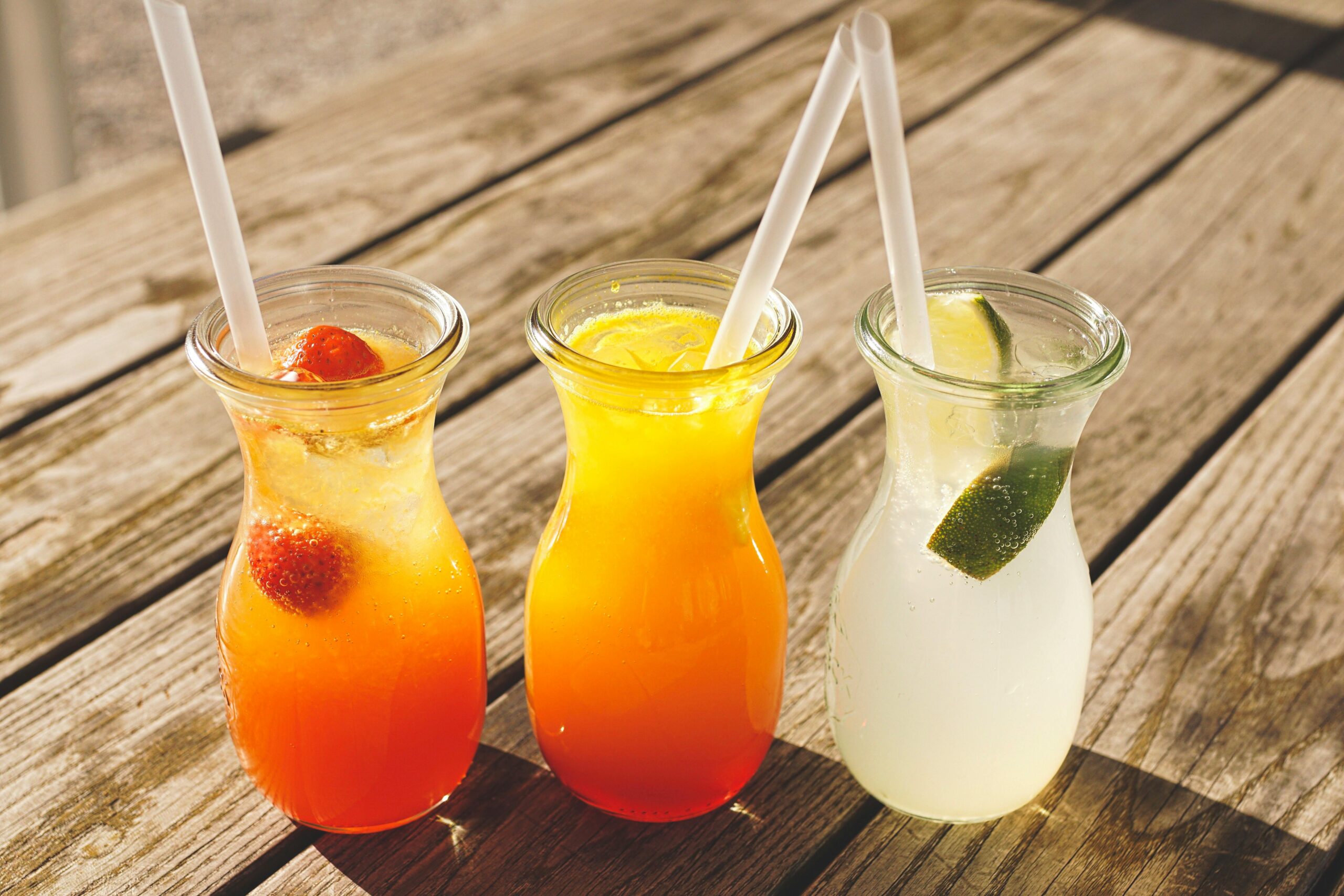Carry a single reusable spoon — in your bag, lunchbox, or car — and refuse single-use plastic spoons whenever you get take-out meals, drinks, or desserts.
This simple daily habit supports SDG 14: Life Below Water by reducing plastic pollution in oceans and rivers — and it also helps protect your health by curbing the spread of microplastics.
Why It Matters
- Every year, 8–11 million tonnes of plastic waste enter the ocean, and single-use utensils like spoons are a major part of this flow.
(Source: UNEP – Beat Plastic Pollution) - Unlike organic waste, most disposable plastic spoons are made from polystyrene or polypropylene, which can take hundreds of years to break down.
(Source: EPA – Plastics: Material-Specific Data) - After a meal, many plastic spoons end up in landfills, open dumps, or as litter. Wind and rain often carry this lightweight plastic into storm drains, rivers, and eventually the ocean.
- Once in the environment, plastic spoons break into microplastics — particles smaller than 5 mm — which persist and accumulate in ecosystems.
(Source: NOAA – What Are Microplastics?) - Microplastics have been found in seafood, drinking water, table salt, and even human blood and lungs, raising concerns about potential impacts on human health.
(Source: ScienceDirect – Microplastics in Human Blood)
The Impact
If 10 million people refused plastic spoons for just five take-out meals each week, it would prevent around 2.6 billion plastic spoons from entering the waste stream annually.
That’s billions fewer spoons potentially ending up in landfills, rivers, and oceans — and ultimately in the food chain as microplastics.
Personal Hygiene Tips for Reusable Spoons
Switching to a reusable spoon is easy and safe with a few simple hygiene habits:
- Keep It Covered: Use a small pouch, case, or clean napkin to store your spoon when not in use.
- Wash After Each Use: Rinse thoroughly with soap and hot water or wipe with a travel-friendly disinfectant wipe if you’re on the go.
- Dry Completely: Allow the spoon to air-dry or wipe it dry before storing to prevent bacterial growth.
- Carry a Backup: Consider keeping a second clean spoon in your bag for convenience on busy days.
- Replace if Damaged: If your reusable spoon cracks or becomes worn, replace it to maintain hygiene and safety.
How to Start (Today)
- Carry Your Own Spoon: Keep a reusable spoon (stainless steel, bamboo, or durable reusable plastic) in your bag, lunchbox, or car.
- Refuse Single-Use: Politely say, “No plastic spoon, please,” when ordering take-out or delivery.
- Rinse and Re-use: Wash your reusable spoon after each use — it’s simple and sustainable.
- Make It a Habit: Always check before accepting cutlery; once it’s routine, it feels effortless.
- Inspire Others: Share your habit with friends, family, or social media to encourage wider adoption.
- Support Local Policies: Back initiatives that limit or ban single-use plastics.
Bottom Line
The journey of a plastic spoon doesn’t end after your meal — it often lives on for centuries as waste and microplastics that harm marine life and can enter our own food and water.
By carrying your own reusable spoon and saying no to disposables, you help reduce plastic at its source and protect both the planet and human health.
This tiny daily act is a meaningful contribution to SDG 14: Life Below Water.




